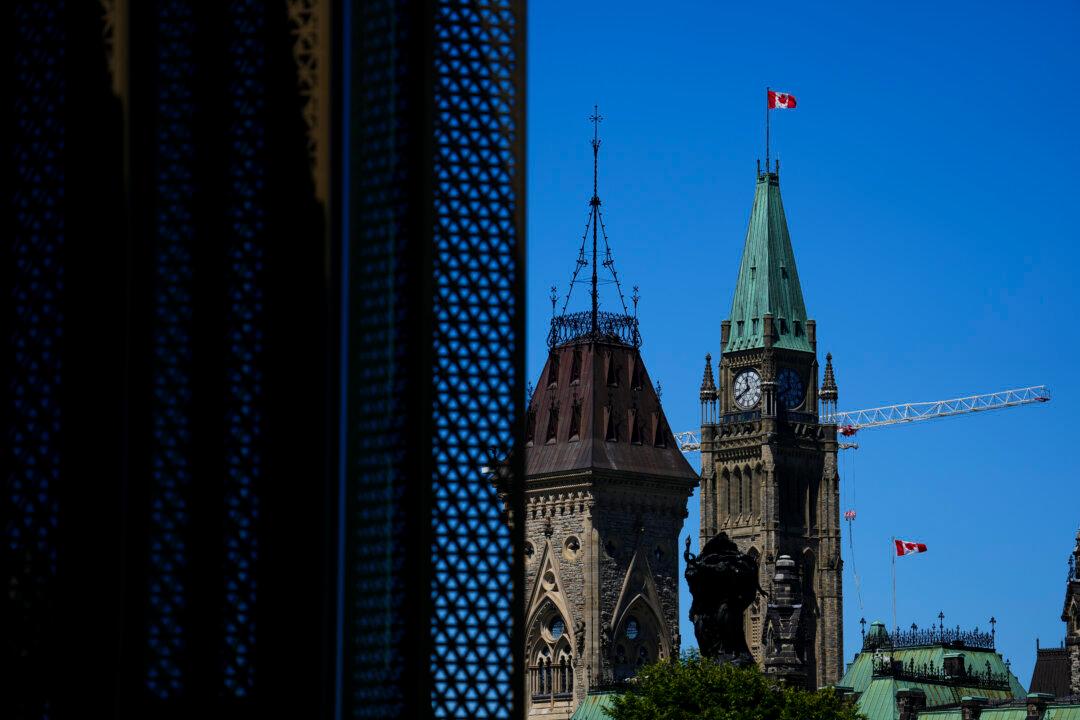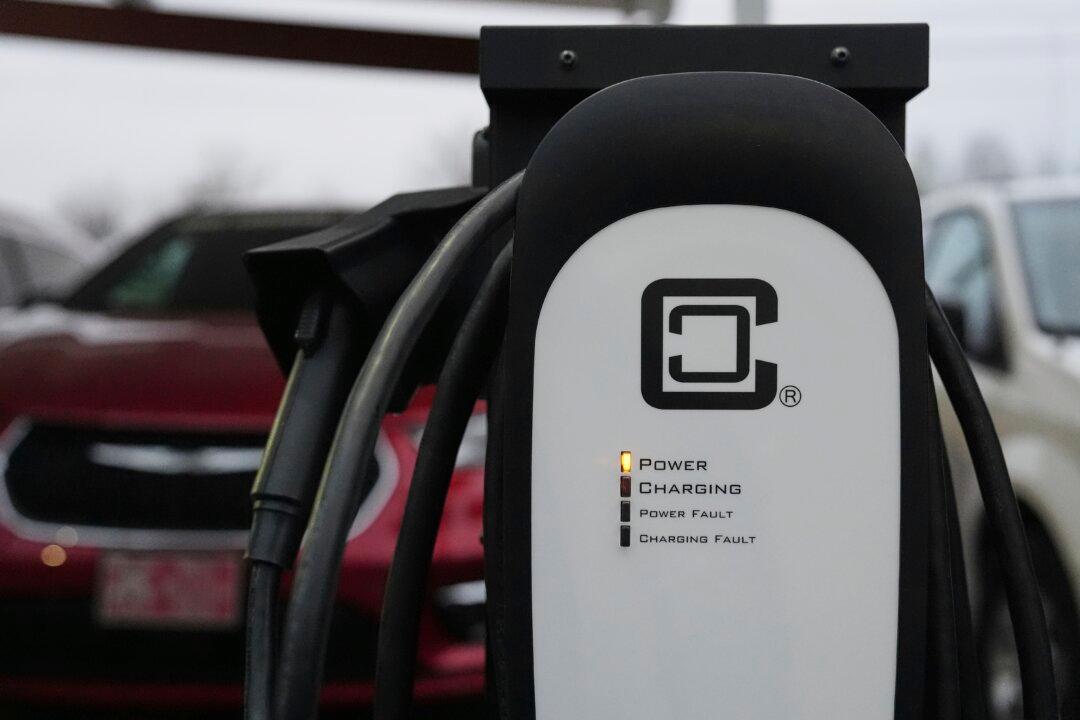TORONTO—The scraps of bankrupt Nortel Networks, once considered the powerhouse of Canada’s tech sector, will be split between the various subsidiaries it once operated around the world, according to decisions released Tuesday, May 12.
Documents filed with a U.S. bankruptcy court in Delaware and the Ontario Superior Court say that US$7.3 billion of former Nortel assets will be divided on a pro rata basis between Nortel’s various international units.
The filings say the proportional distribution would wind up giving all the creditors about 71 percent of the return on their claims.
The decision was reached after months of courtroom battles last year over Nortel’s remaining assets, which mostly came from the sale of certain parts of the company when it folded.
The company was felled by changing market conditions, economic upheaval and an accounting scandal that devastated its stock price. Since its fall, Nortel broke apart and sold off various chunks of its business, including patents and wireless technology, the proceeds of which were the main issue of the court hearings.
The court decisions could bring some certainty for about 20,000 Nortel pensioners in Canada who have seen their benefits dramatically reduced since the company filed for bankruptcy in 2009.
“We’re pleasantly surprised,” said Mark Zigler of law firm Koskie Minsky LLP, which represents former and retired Nortel employees in Canada.
But he said pensioners may not receive the full 71 percent outlined in the court decision.
“We have to figure out all the implications and how the math works,” he said. “There’s still a lot to do.”
The court decisions could be appealed, which could drag out the process further. Also unresolved is how the funds going to each international operation of Nortel would be divided between their respective creditors.
Within the decisions, the courts acknowledged that intercompany claims will be recognized, including a $2-billion claim made by Nortel’s U.S. operations against the Canadian parent company. Those claims will ultimately impact the amount of money distributed to other creditors.
The unprecedented Nortel trial began in May 2014 in cross-border proceedings between judges in Canada and the U.S. The hearings were aimed at allocating billions of dollars among various Nortel companies worldwide so that they can pay the money to their creditors, including bondholders, the Canadian Nortel pensioners, and approximately 40,000 U.K. Nortel pensioners.
The Nortel trial is considered one of the largest bankruptcy cases in Canadian history. The cost of the company’s demise has climbed well above US$1 billion over the past five years, with legal expenses eating away at money that would otherwise be available to be divided among the various parties.
Diane Urquhart, an independent adviser assisting former Nortel employees, estimates the cost of the Nortel case at nearly US$1.52 billion since early 2009, with about $476 million paid to Canadian bankruptcy professionals.
“The Nortel bankruptcy process has been the most costly bankruptcy in global history, calculated at 14 percent of estate assets available for disbursement to creditors,” Urquhart said in an emailed statement.
“The legal costs will continue as the various creditors make appeals in the Canadian and U.S. appeal courts,” she added.
At its height from 1999 to 2000, Nortel was worth nearly $300 billion, employed more than 90,000 people globally, and was regarded as one of Canada’s most valuable tech companies.




